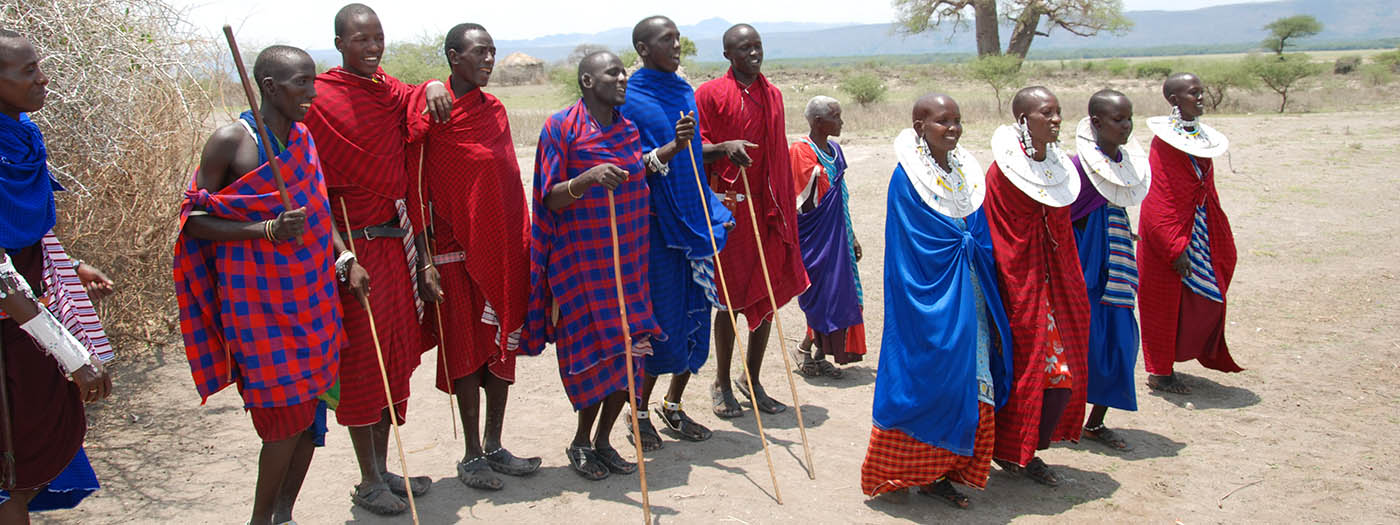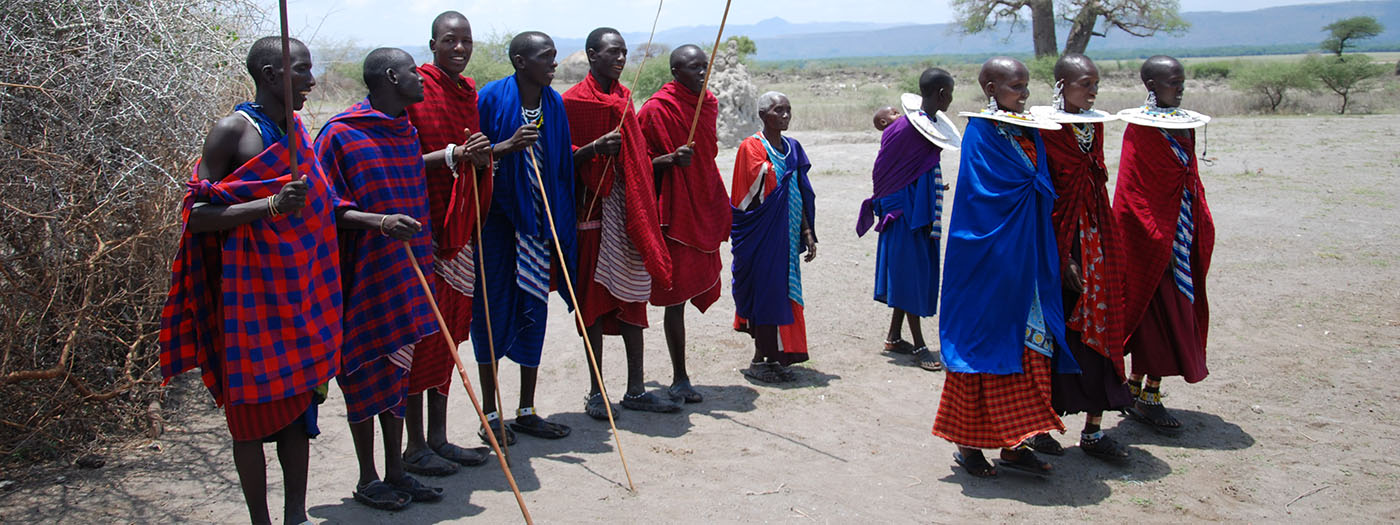During your safari you will meet people from different tribes, including: Maasai, Chagga, Datoga, Hadzabe, and others. Tribe members live peacefully in the same region and you have the opportunity to experience their cultures, traditions, and life styles.
Tribes
Tourists can encounter some of the greatest tribal diversity in Tanzania. Tanzania contains all the main ethnicities and languages spoken from across the continent – it is amazing to see such a diverse population inhabiting one country. The number of tribal communities joining the main population due to changes in land usage and economic draw is growing every year – currently there are approximately 120 tribal communities in the country. Even when Tanzanians are assimilated in to the main populations in the cities, they are very proud of their tribal diversity and it is celebrated rather than found as a source of division. Needless to say, Tanzanians in general place a high value in their country’s multicultural heritage. Cultural tourism has increased over the past few years and safaris are increasingly visiting tribal villages to experience the cultural aspects of life in tribal communities. Guests frequently remark that these cultural experiences are the highlight of their safari itineraries.
For more information
Maasai
Possibly the most well-known of Tanzania’s tribal groups, the Masaai inhabit the northern regions of the country. Much of the Maasai tribal life revolves around protecting their traditions and culture, as well as their herds of cattle. Tribal members care for their cattle on a daily basis and herd them to find grazing lands in the region. Tribal dwellings, called manyatas, are made from mud and are circular in shape. Multiple manyatas are arranged in a circular pattern so that the tribe’s cattle may be protected during the night from predators such as lions. Thorn bushes are woven into sturdy fences to act as additional protection from those same predators. Due to the fluctuation of good grazing land for their herds, Masaai villages are temporary and can be relocated to better grazing land areas. Traditional Maasai culture separates men and women into different age groups: younger members herd goats and sheep, and young males become morans – warriors whose responsibility is to protect their family’s herds. Elders in the Maasai tribes hold a higher level of respect and are allowed to marry and have families.
For more information
Swahili Culture
Swahili people call the ‘Spice Islands’ of Mafia, Pemba, the Zanzibar Archipelago, and the whole Tanzanian coast is their home. Historically, the Swahili, who are a diverse mix of people with Bantu, Indian, and Arab origins, based their lives around trade on the Indian Ocean. The predominantly Islamic region of the Swahili Coast contains coral palaces and old mosques. A wood sail boat powered by seasonal winds called a dhow is what the Swahili culture is mainly centered around. Dhow boats connected India and Arabia with the Swahili Coast and made trade possible between the regions.
Spice and coconut plantations are a continually important source of export, although fishing is always a way of providing income to coastal communities. Today, inhabitants of the Swahili coast see a more even-paced and tranquil way of life. The daily Islamic call to prayer rings out in the villages, and once the men finish their religious duties, they often gather in the plaza to drink spiced coffee from local merchants. Spanning from the fierce moran warrior of the Masaai tribes to the city-life paced traditions of Swahili town, visitors can experience a vast array of African cultures during their safari adventures.
For more information:



